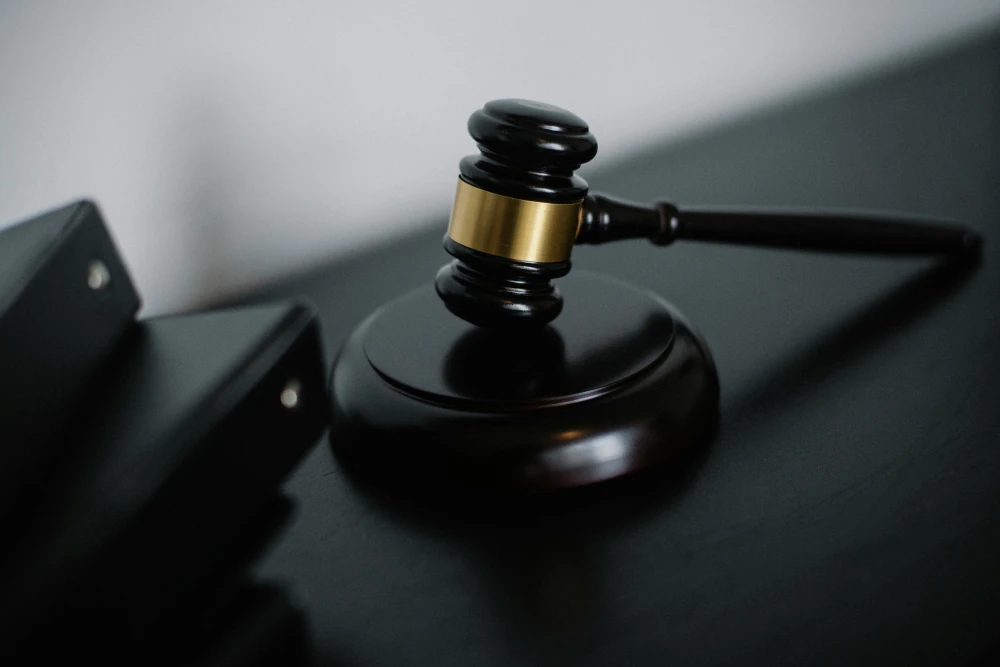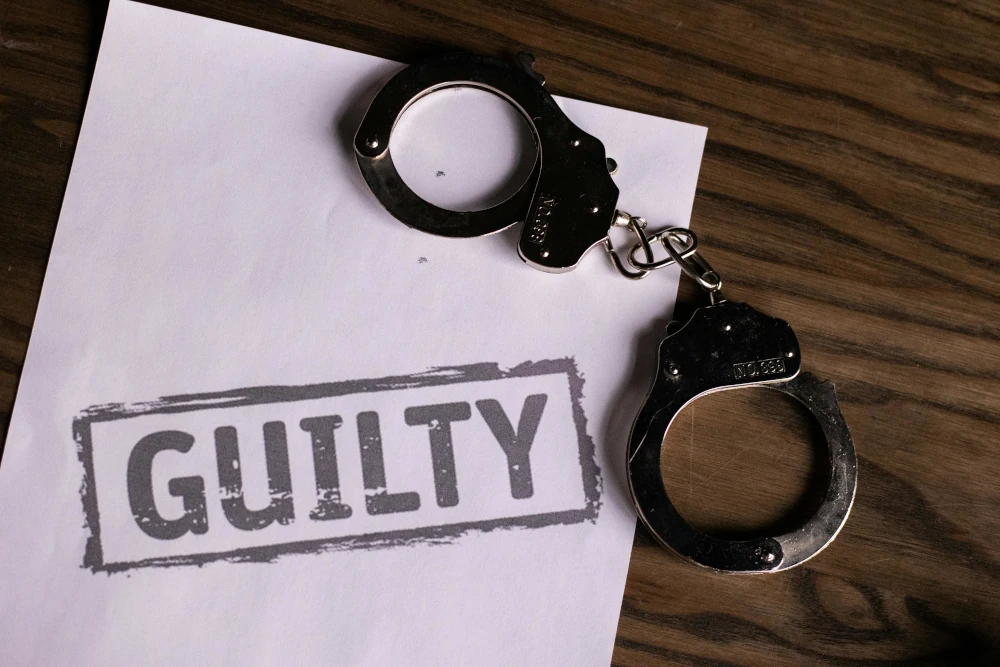In any legal proceeding, evidence serves as the foundation upon which cases are built. The more evidence presented, the more information the jury has to make a knowledgeable decision. To better understand the role of evidence in a court of law, read below for information on all types of evidence, why they are important, and what makes them admissible in court.
What is Evidence?
Evidence encompasses all of the information presented in court on both sides that is used to prove or disprove facts about the case. From photographs to audio clips to simulated animations there are many ways in which teams of lawyers can present evidence to the jury. As technology becomes more advanced, there are many options for lawyers to build their cases using resources from the internet and forensic experts. Read below for a comprehensive list of all of the different types of evidence that can be presented.
Types of Evidence in a Court of Law

Testimonial Evidence
This kind of evidence relies on the testimonies of real people who can come to court and give their information straight to the jury. There are generally three types of testimonial evidence: eyewitness testimony, expert testimony, and character witnesses. Eyewitnesses are those who were there at the scene of the crime and have a detailed description of what they saw. Expert testimony can come from all kinds of forensic experts like handwriting analysts, toxicologists, and forensic anthropologists. Character witnesses will usually come in to speak about their experiences with the accused to give examples of their good or bad character to the jury.
Demonstrative Evidence
Demonstrative evidence is used to help the judge and jury better understand the facts of the case. This can be done through charts, graphs, maps, models, diagrams, and even animations. There are companies now that create compelling animations for the courtroom so that those in the court can get a more in-depth understanding of the crime that took place. The visual aspect of these types of evidence makes it much easier for the judge or jury to put themselves in the shoes of the accused or the victim and feel like they were there. These forms of evidence can also allow for the presentation of different possible scenarios so that the judge or jury can decide for themselves which one they think really happened.
Physical Evidence
Also known as real evidence, is the typical evidence that you think of when you think of a crime show. It consists of tangible objects like murder weapons, clothing, and even documents that are connected to the case. This type of evidence carries a lot of weight because it provides concrete proof that will either support or refute claims.
Documentary Evidence
This is evidence that consists of any written, printed, or electronic materials relevant to the case. One example of this kind of evidence is contracts or agreements. If there is a case revolving around a dispute between two parties and a contract that is signed by both parties is presented in court as evidence, it could prove or disprove a claim about each party’s obligations. Emails, text messages, and financial records are also included in this category.
Circumstantial Evidence
Although this is a less reliable form of evidence than others on this list, it can be helpful when presented with other facts. One example of this kind of evidence is the fingerprints of the accused being found at a crime scene. This can place the person at the scene without needing eyewitnesses to the crime.
Digital Evidence
In the modern world, many people have a lot of personal information online. Digital evidence like social media posts, surveillance footage, and timestamped phone locations can prove that a person was at the scene of the crime, had the intent to harm, or was caught in the act without knowing it.
The Role of Visual Aids in the Courtroom
Visual aids such as video surveillance footage, animations, and crime scene photos can have a big impact on the final decision of the judge or jury. They provide clarity about the nature of the crime, evoke an emotional response, and allow experts to use more than just their words to display their expertise.
Admissibility of Evidence
When it comes to presenting evidence, the judge in the case will be the gatekeeper of what will be admitted and what will not. When preparing evidence to present to a judge, think about the considerations that the judge has to make to decide what ends up being used in the trial. The three most important considerations are relevance, reliability, and prejudice.
In terms of relevance, you must prove the evidence is relevant to the case and directly relates to the victim or the person being accused. For example, if a bloody knife was found at the scene of a violent crime, then it is likely that it was related to the crime and will be admitted as vital evidence.
As for reliability, the evidence that is presented must be trustworthy and verifiable. For example, testimonial evidence from witnesses of the crime must be scrutinized by the judge to see if it aligns with the rest of the evidence that is presented. The witness themself must also be reliable and be able to tell their testimony over and over again in the same way so that the jury does not get confused.
When admitting evidence, the judge must also consider whether or not it will unjustly sway a jury. If a piece of evidence is not directly related to the crime in question but could persuade the jury to think the accused is capable of the crime, then they may not stand a chance. One example of this is when the prosecution tries to introduce evidence that shows that the accused has a criminal record. If the jury is presented with this information, it could persuade them that they are capable of committing any crime just because they have a past.

Without evidence, there would not be much to say in court. From witness testimonies to visual aids, many types of evidence play a role in the final judgment in a court of law.


